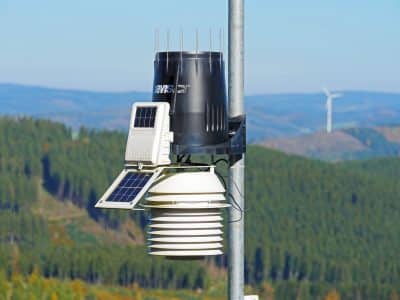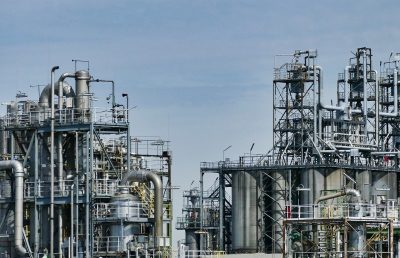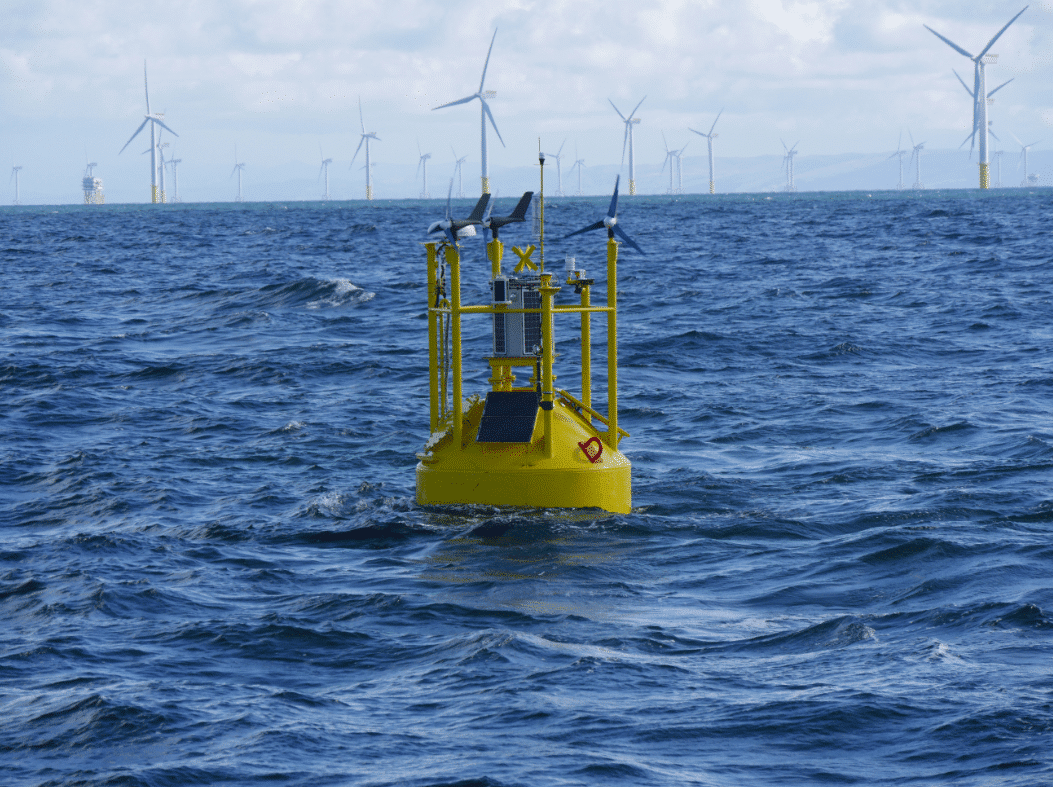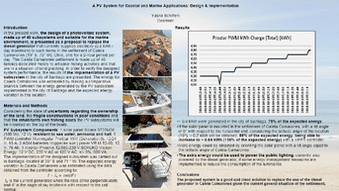Independent with solar power from SOLARA
Solar for measuring instruments, measuring points. Monitoring and testing
A multitude of products and devices have to be supplied with electricity independent of the grid. Either there is no grid connection available or the connection is too expensive and extravagantly. On top of that there are over two billion people on the earth without access to the regular grid.
But without electricity, many devices do not work today. Measuring points, measuring systems and many measuring techniques often only work on the basis of a reliable power supply. SOLARA solar modules and complete stand-alone systems, also known as stand-alone systems or OFF-GRID SYSTEMS, produce the necessary electricity in an environmentally friendly way without emissions. SOLARA has high-quality and affordable solutions for reliable solar electrification, also for test equipment and much more. For locations without a suitable power connection or remote regions, we have a self-sufficient solar power supply.
Many important applications – safely and reliably supplied with solar power!
Measurement technology with solar power
Earthquake monitoring – SOLARA solar technology for an earthquake monitoring station
 This earthquake monitoring system is equipped with ten SOLARA 120 Watt solar modules from the solar module production in northern Germany. The system delivers its data to a seismic network for earthquake monitoring using solar power. It is located in Hvassahraun in the Reykjanes region. Reykjavík is about 23 km from the earthquake monitoring station in Hvassahraun.
This earthquake monitoring system is equipped with ten SOLARA 120 Watt solar modules from the solar module production in northern Germany. The system delivers its data to a seismic network for earthquake monitoring using solar power. It is located in Hvassahraun in the Reykjanes region. Reykjavík is about 23 km from the earthquake monitoring station in Hvassahraun.
The earthquake monitoring station with solar installation is connected to the GEOFON network of the German Research Centre for Geosciences (GFZ), which is operated together with more than 50 international partners. In the GEOFO-Network, high-quality broadband data for earthquake recording and earthquake monitoring are obtained, among other things, using electricity generation from photovoltaic systems. The Earthquake Information Service is one of the fastest sources of earthquake information in the world. Even the most remote stations for seismic measurements are connected by SOLARA’s solar plants to the European Mediterranean Seismological Centre (EMSC).

Stations with solar power systems, i.e. electricity from photovoltaic solar cells, exist on all continents. In the European-Mediterranean region and around the Indian Ocean, the earthquake monitoring network is particularly dense. Broadband sensors in the earthquake monitoring stations, mostly STS-2, are standard in many cases. The entire seismic spectrum is covered, i.e. from small high-frequency local earthquake events to large global earthquakes.
Important earthquake parameters, e.g. information on the epicentre of an earthquake, are recorded. The epicentre is located around the quake focus, i.e. the place where the earthquake occurred. Other data such as the depth and magnitude of the earthquake are also determined, as well as the time of the event in UTC (Coordinated Universal Time). This creates a large seismological data archive.
Use solar power for measuring and testing
 Measurement technology is important in every aspect and is now mainly digital. Therefore it must exist a power supply. A solar system is the perfect solution for independent power supply.
Measurement technology is important in every aspect and is now mainly digital. Therefore it must exist a power supply. A solar system is the perfect solution for independent power supply.
For the environmental areas of air, noise and water, routine measurements have to be performed, often operated with solar power. Solar systems are designed to ensure that measurements of air, noise and water quality can be continuously monitored. The independent power supply enables measures to secure and improve the media. Solar measuring devices for emission and immission measurements relating to air are carried out for the measuring tasks in a special procedure. It serves to comply with and monitor the air pollution control regulations. Such solar measurements can detect air pollution at the point of its origin (emission) and at its place of action (immission) because the solar panels ensure a safe and independent power supply at every location.
Solar measuring devices, measuring points and measuring techniques for emission and immission measurements
 Equip emission measuring devices with solar to detect noise, fine dust and sources of danger on site. With professional solar systems from SOLARA, measuring devices can reliably record and store all data.
Equip emission measuring devices with solar to detect noise, fine dust and sources of danger on site. With professional solar systems from SOLARA, measuring devices can reliably record and store all data.
It is essential to prevent harmful substances, noise, fine dust and harmful radiation. For this reason, emission values must be observed. But this can only be measured on site. Solar modules provide the necessary power for this even if no power connection can be used directly. This also applies to gas leaks, light sources and suspended matter. Inaccurate measurement results due to measuring points that are too far away or an unreliable power supply can be a disaster. Only with solar energy you can be on the safe side and be up to date to generate professional data.
Solar measuring devices in production
 Appropriate measurement technology is absolutely necessary to determine different physical quantities. Measurement technology is indispensable for automation today. In production, measurement and test data are necessary for the quality of a product. Therefore sophisticated measurement technology has an overarching effect.
Appropriate measurement technology is absolutely necessary to determine different physical quantities. Measurement technology is indispensable for automation today. In production, measurement and test data are necessary for the quality of a product. Therefore sophisticated measurement technology has an overarching effect.
To achieve this, modern measurement technology must always work reliably. Therefore it is sensible to use self-sufficient solar systems to ensure reliable measurements at all times.
The measurement technology supplied with solar power today is used for the following processes:
Production process, product quality in one production at the incoming inspection, intermediate inspection and outgoing inspection.
The test technology supplied with solar system includes material testing, dimensional testing and functional testing
When it comes to measuring technology with solar panels for material testing, the focus is on material quality testing technology in quality assurance. A distinction is made between destructive material testing and non-destructive material testing. In the destructive material test a specimen is examined e.g. with the following properties: tensile strength, yield strength, bending strength, hardness, toughness and chemical composition.
Electrical conductivity also plays a role for measurement technology with solar power supply in plastics processing.
Professional measurements of the measured values quickly, precisely and galvanically isolated, as well as being intelligently preprocessed or monitored, are often location-independent. Such smart data and industrial analytics, or measurement technology as an interface to the virtual world, can ideally be safely and reliably supplied with electricity using solar cells or small solar systems.
In contrast to the earlier imprecise, manual and tedious handling, measurement technology with solar panels is now compact in construction, absolutely precise and with quick measurement and is easy to maintain. Independent and automated data transfers to a central EDP system are possible at any time through the solar system. The connection to a powerful IT or EDP network is the basis of today’s measurement technology. The central recording of the measured values, central administration and processing is indispensable today. A high-performance solar system and solar cells with a high degree of efficiency guarantee such quality concepts.
Solar technology from SOLARA – at home on the world’s oceans

©Fraunhofer IWES/Thomas Viergutz
Solar modules from SOLARA supply a measuring system in the North Sea for wind power plants.
Here, too, the M series, which has been tried and tested for over 20 years, is used.
The latest and most powerful version of the SOLARA M series with the solar module art. no. S170M43 was used.
SOLARA PV System for Coastal and Marine Appilcations: Design & Implementation

Yasna Schifferli presented the Solara system at the Fifth International Fossil and Renewable Energy Conference (F&R Energy 2021).
A PV system for offshore and marine applications: Design & Implementation








